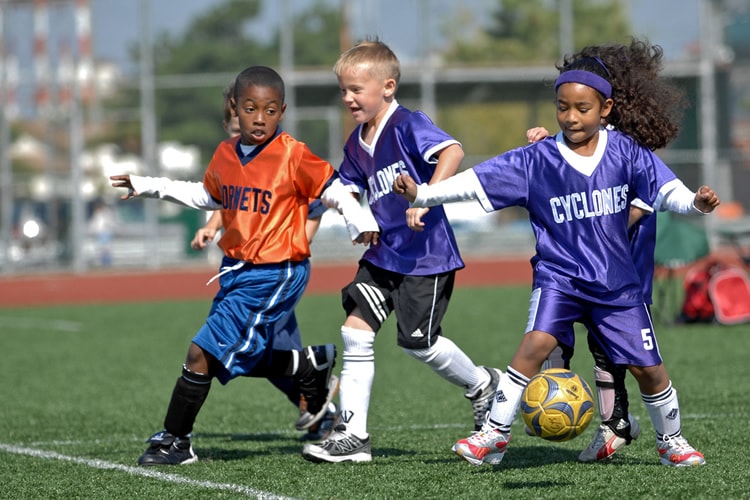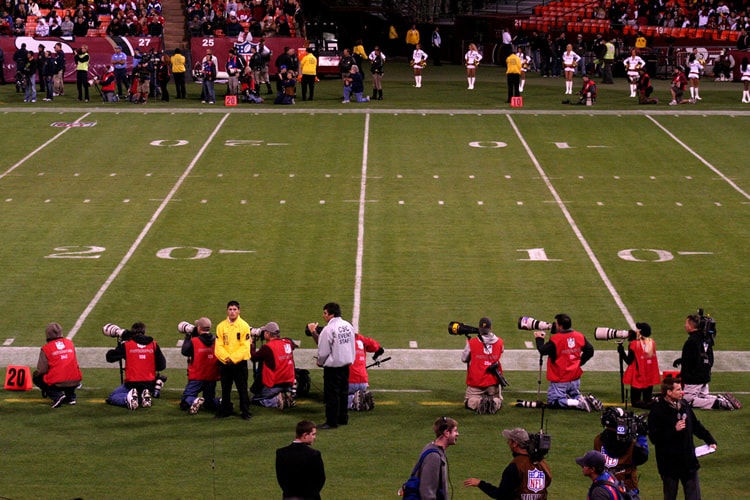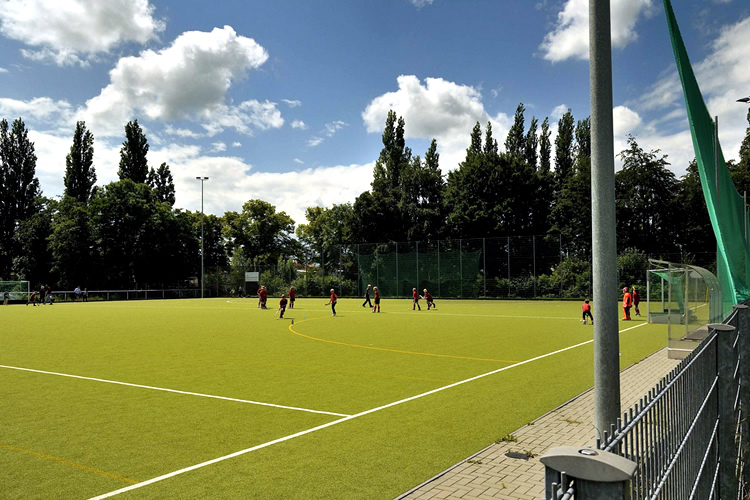4 Tips To Instantly Transform Your Youth Sports Photography
Have you ever tried taking photos of youth sports? If you’re a parent and your child plays youth sports, you’ve probably brought your camera to a game and taken a few shots at some point. If you have, you’ve probably discovered how hard it is to get great youth sports photos.
When I started taking photos at youth sports games, it was pretty hard for me as well. But I really wanted to get good shots. Ever looked at a sports magazine and wished you could get photos like that? I did. So I practiced by taking tons of photos and learning everything I could. And over the years, I improved a lot. As I researched and practiced, I learned a few secrets that the pros use to get the shots that nobody else does. And in this post, I’ll share a few of them with you.
If you’ve always wanted to be able to capture your kid’s memories on the field and share them with other parents, this is a must-read. With these four tips, the quality of your shots will skyrocket, and you’ll be excited to share your photos with family and friends. And when they ask you how you got so good at photography, you can tell them about Contrastly ;-).
Anyway, here are the four tips that improved my photos the most.
1. Shoot from a low angle
If you remember one thing from this article, it should be this. The main way professionals make their shots dramatic and engaging is by getting low to the ground. You’ll rarely see photographers standing up while shooting sports. Look at the sidelines at a pro football game – the photographers are all kneeling. The low angle draws the viewer into the shot and makes it a lot more interesting.

image by USAG- Humphreys
See, if you’re a parent and you’re taking photos at your kid’s game, you’re probably taller than most of the kids. So if you stand up, your camera will be a lot higher than the kids. Shooting down will make your photos flat and uninteresting. You’ll get much better results if you shoot from the level of the players. A great way to comfortably shoot from a lower angle is to bring a folding chair and sit in that. You can use a monopod to hold your camera’s weight while sitting down. This makes it really easy to access your camera and take lots of photos from a good angle.
2. Get close to the action
In addition to shooting at a low angle, being close to action also helps immensely. The great thing about youth sports is that it’s usually very easy to get close to the field. Unlike at higher levels of play, most venues allow parents to get very close to the action. If you pull off the role of “photographer,” you can get even closer – just be sure to look serious and play the part (wearing a vest and having a big lens always helps). Here are some more tips for getting as close as you can to the field.

image by John Martinez Pavliga
Getting close to the action allows you to take more interesting photos more easily. You need less zoom, and the angle of view is much more dramatic than using a super-long lens from far away and cropping. This is a really simple tip that always works: get as close to the action as you can.
3. Zoom in
Here’s the deal: most people use a short lens and leave tons of room around the player in the photo.
You don’t have to own a 500mm lens. It doesn’t really matter how long your lens is – if you have something 200mm or more, you’re fine. What matters is how you use it. Zoom in. Don’t be afraid to frame tightly. Don’t leave tons of space around the action – zoom right in and bring the viewer into the action. There’s nothing worse than a great shot that leaves tons of boring space around the subject.

image by Evonne
You say, “I’m afraid to cut something out!” Don’t be. Some of my best shots have been tightly cropped where you can’t see everything that’s going on. I used to be afraid of this, but then after I did it a little, I realized that these shots were super dramatic. So I started doing it a lot more. The thing is, zooming way in brings the viewer right into the action. It captures the viewer’s attention.
So use that long lens, zoom farther than you’re comfortable with, and push the limits of composition. You’ll thank me when you look at your results.
4. Be Patient
One final note: be patient. Patience is key in youth sports photography. If there isn’t any action near where you set up, wait for it to come.

image by Edwin Martinez
Stay on your game because some of the best opportunities come when you least expect them. Also, you won’t get perfect shots when you first start out – you must be patient. Even after having shot youth sports for years, I only end up keeping around 10% of my photos I take at each game. Most professionals will tell you the same thing – the awesome shots you see from them are only a few picked out from tons of mediocre ones. So be patient, work hard, and you’ll eventually have some great photos to share.
Summary
The quality of your sports photos is primarily determined by two factors: how low to the ground you are and how close to the action you are. Those are the first two tips: think about where you are. Positioning matters. Then, once you’re in position, take advantage of it by zooming in on the action. Don’t be shy with the zoom. If you’re using a prime lens, make sure it’s a long one. Don’t leave a lot of room around the players in your photos. Crop tightly to draw the viewer in to the photo.
So those are my four best tips for winning at youth sports photography. In my experience, these are the most important adjustments you can make to your sports photography game. Consistently do these four tips, and you’ll come home with great shots that your family and friends will love, and that you can look back on for years to come.
